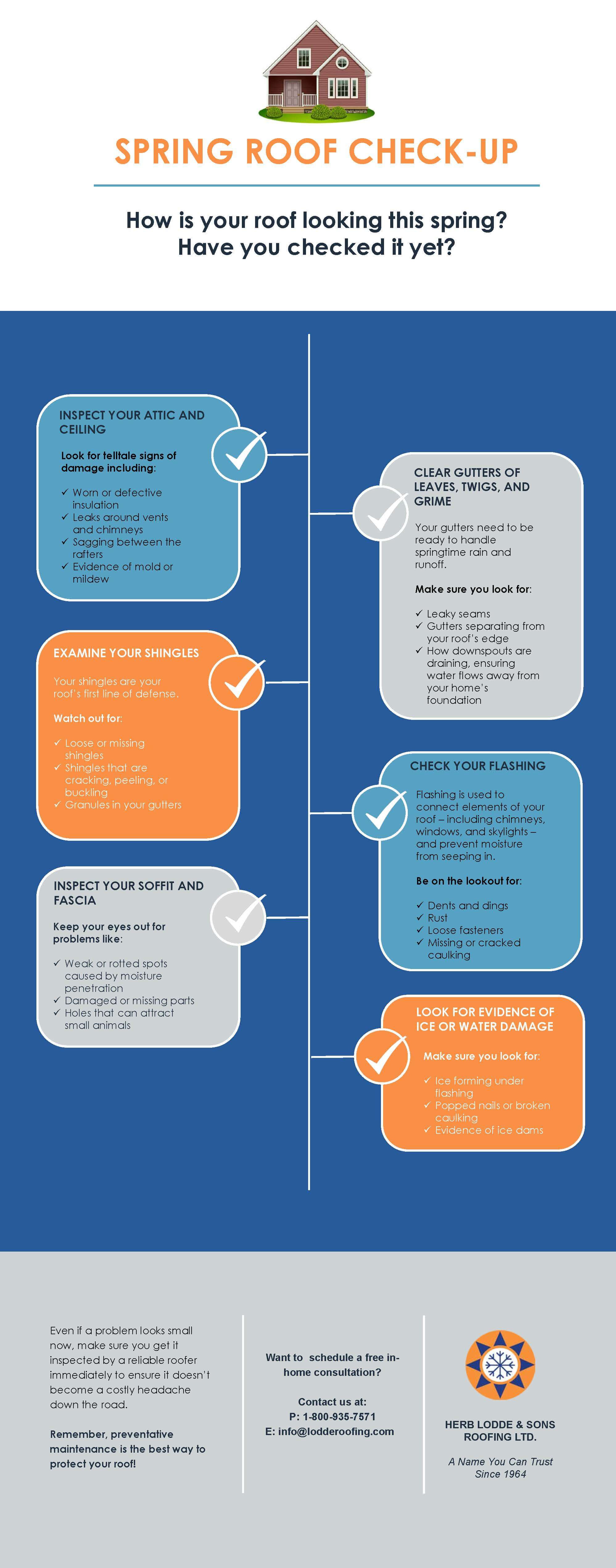Explore Just How The Cautious Balance In Between Costs And Environmental Effects Can Reveal The Full Abilities Of Solar Power In Comparison To Standard Power Resources
Explore Just How The Cautious Balance In Between Costs And Environmental Effects Can Reveal The Full Abilities Of Solar Power In Comparison To Standard Power Resources
Blog Article
Short Article Created By-Topp Bolton
When evaluating the feasibility of solar power versus traditional power sources, you might find yourself considering the long-lasting sustainability and effect on your funds. The intricate balance in between preliminary expenses, ongoing costs, and environmental effects elevates sixty-four-thousand-dollar questions about the future of power generation. As you navigate via the intricacies of this comparison, a deeper understanding of the subtleties in cost-effectiveness, ecological stewardship, and energy protection awaits expedition.
Cost-Effectiveness Contrast
When comparing the cost-effectiveness of solar power with typical power sources, it ends up being noticeable that preliminary financial investment distinctions play a crucial role in determining long-term financial savings.
While solar energy systems call for a greater ahead of time financial investment for setup and devices, they use considerable long-lasting advantages that can surpass the first expenses. The key hinge on comprehending that solar energy systems have minimal continuous functional and maintenance costs compared to conventional power resources like fossil fuels.
By purchasing solar energy, you can potentially save money on utility bills over the system's life-span. In addition, with developments in technology and reducing setup costs, solar power has become more obtainable and economical for property owners and services alike. These financial savings can accumulate with time, supplying a roi that exceeds standard energy resources.
Furthermore, solar power systems offer the benefit of power self-reliance and security versus rising and fall utility rates. By utilizing solar panels for residential of the sunlight, you add to a cleaner setting and lower your carbon footprint. Accepting https://www.saurenergy.com/solar-energy-blog/explained-bifacial-solar-panel-and-everything-you-need-to-know-about-it yet also the earth over time.
Environmental Impact Analysis
Solar energy presents an appealing choice to traditional power sources as a result of its substantially reduced ecological influence. Unlike nonrenewable fuel sources that release hazardous greenhouse gases and add to air pollution, solar energy produces electrical energy without creating any type of emissions.
The process of utilizing solar energy includes recording sunshine through solar panels, which doesn't launch any kind of pollutants into the ambience. This absence of exhausts helps in reducing the carbon footprint related to power production, making solar energy a cleaner and more sustainable choice.
In addition, the use of solar power contributes to preservation initiatives by lowering the need for limited resources like coal, oil, and natural gas. By depending on the sun's abundant and renewable energy source, we can help protect natural environments, safeguard ecosystems, and alleviate the adverse influences of source extraction.
Dependability and Energy Landscape Analysis
For a comprehensive assessment of integrity and the energy landscape, it's vital to assess exactly how solar power compares to traditional sources. Solar energy is gaining ground as a trustworthy and lasting energy resource. While conventional sources like coal, oil, and natural gas have been traditionally dominant, they're finite and contribute to ecological destruction.
Solar energy, on the other hand, is plentiful and renewable, making it a more lasting alternative in the future.
In terms of reliability, solar energy can be based on weather conditions and sunlight accessibility. Nonetheless, advancements in innovation have actually caused the growth of power storage options like batteries, boosting the dependability of solar energy systems. Traditional resources, on the other hand, are vulnerable to price changes, geopolitical tensions, and supply chain interruptions, making them less reputable in the long-term.
When evaluating the power landscape, solar energy supplies decentralized energy manufacturing, reducing transmission losses and boosting energy safety and security. Conventional resources, with their centralized nuclear power plant, are a lot more vulnerable to interruptions and require considerable framework for distribution.
Final thought
To conclude, when comparing solar power to traditional power resources, it is clear that solar power provides a cost-effective, eco-friendly, and dependable alternative. With very little functional costs, prospective financial savings on utility costs, and a substantially reduced ecological impact, solar power is coming to be a much more sustainable and secure choice. Embracing solar power can help reduce greenhouse gas discharges and add to conservation efforts, making it a compelling option for the future.
